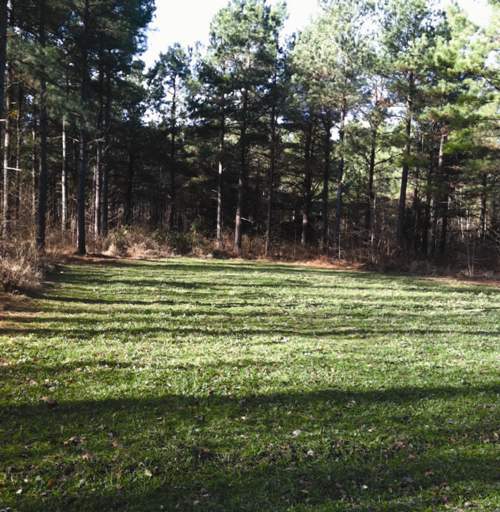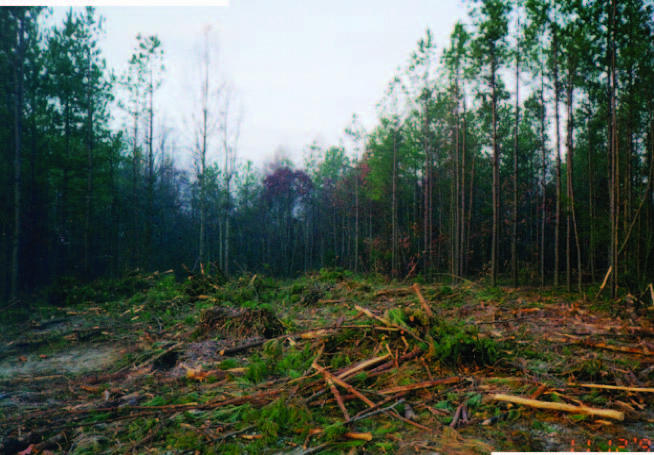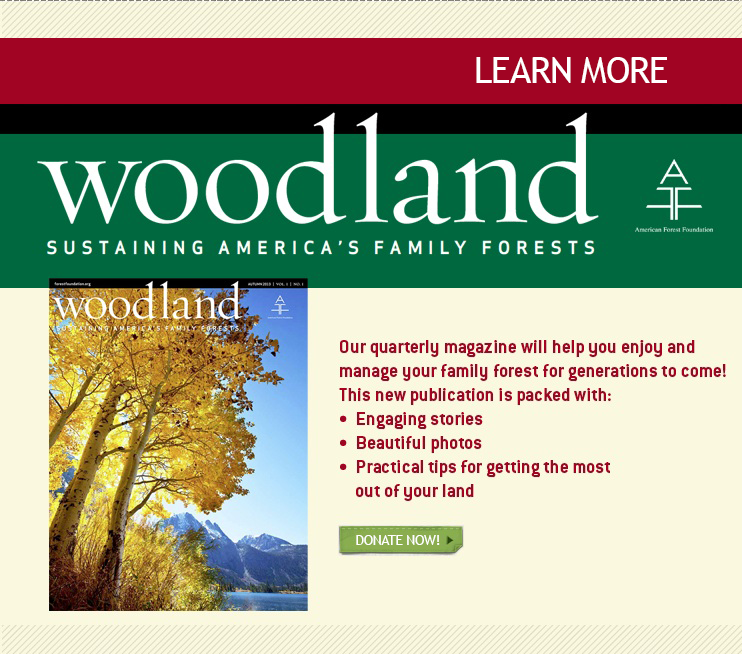Turning a Logging Deck into Wildlife Habitat
 Tree Farmer and American Forest
Foundation board chair John Burke lives and works on Virginia land that has been in his family for more than 160 years—“six generations, if you count my grandkids,” he says. “I don’t own the land. The land owns me.”
Tree Farmer and American Forest
Foundation board chair John Burke lives and works on Virginia land that has been in his family for more than 160 years—“six generations, if you count my grandkids,” he says. “I don’t own the land. The land owns me.”
Burke grows and harvests pine and hardwood on Burke Woodlands. His strong belief in careful stewardship and his keen interest in experimental forestry have made this Tree Farm a model of best practices.
One of these best practices is converting used logging decks into thriving food plots that provide prime habitat for deer, turkey, quail and other wildlife in between thinning and harvesting activities.
Each year, Burke harvests or thins between 50 and 100 acres of trees. “I have something going on pretty much all the time, and there’s a constant stream of using, converting and restoring logging decks,” he says.
“When you do a thinning or a harvest, you need to get the logging equipment close to where the trees are. Sorting and loading the logs occurs on about an acre of ground, called the logging deck,” Burke explains. Rather than leaving this land unutilized until the next harvest, he removes the debris, loosens the soil, fertilizes the ground and plants cover crops such as clover, vetch, and turnips.
Responsible Stewardship
 The
practice not only benefits wildlife and members of the local hunt club (who use
Burke’s land for recreational hunting), but it’s good for the land and for
water quality.
The
practice not only benefits wildlife and members of the local hunt club (who use
Burke’s land for recreational hunting), but it’s good for the land and for
water quality.
“It’s important to understand that the forest is not just a place where we harvest timber,” Burke notes. “John sets such a great example with his property,” says Bettina Ring, American Forest Foundation’s senior vice president for family forests.
“His work to create food plots for wildlife is an example of his creative approach that goes beyond the best management practices required by state forestry agencies to stabilize a site when logging is done.”
For other Tree Farmers considering converting logging decks to wildlife habitat, Burke offers the following tips:
- Look at your logging deck as part of your long-term infrastructure. Planning is critical. Where you put your logging deck not only needs to work for your logger, but it also needs to work for you and your long-term vision for your land.
- Be sure to reach out to your state forestry and natural resources departments and the U.S. Department of Agriculture’s Natural Resources Conservation Service, to find out what financial assistance might be available to help you in converting your logging deck to a food plot.
- Plant something that’s good for the game you’re trying to attract, and be aware that you’ll need to maintain the plot. You’ll need to prepare the site and probably will need to fertilize the soil occasionally to make it a good food plot.
- If you’re not a hunter yourself, consider shifting the maintenance of your logging deck to a local hunt club. Hunters have a vested interest in attracting game and can help with both labor and costs.
“Stewardship—leaving the land better than you found it—and passion for what you’re doing are the keys,” Burke says. “That’s what the Tree Farm System is all about.”










This article is the best informaton about fence or decks
This article has been a big help for me. Thanks I was able to read this one
I was looking for some post that can help me. Great that I was able to read this one
Oh I love this topic. I love how informative your article is.
What an informative and helpful article I can definitely use this for future
Thank you for posting and allowing us to learn more idea!
Great read! I ove how informative this article
This was really a good article. there are things that I can use for future reference